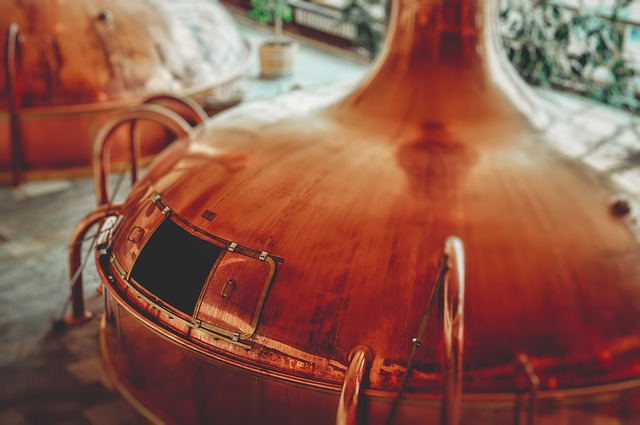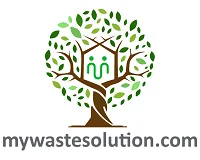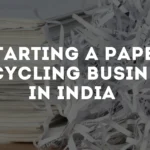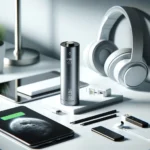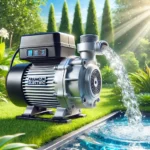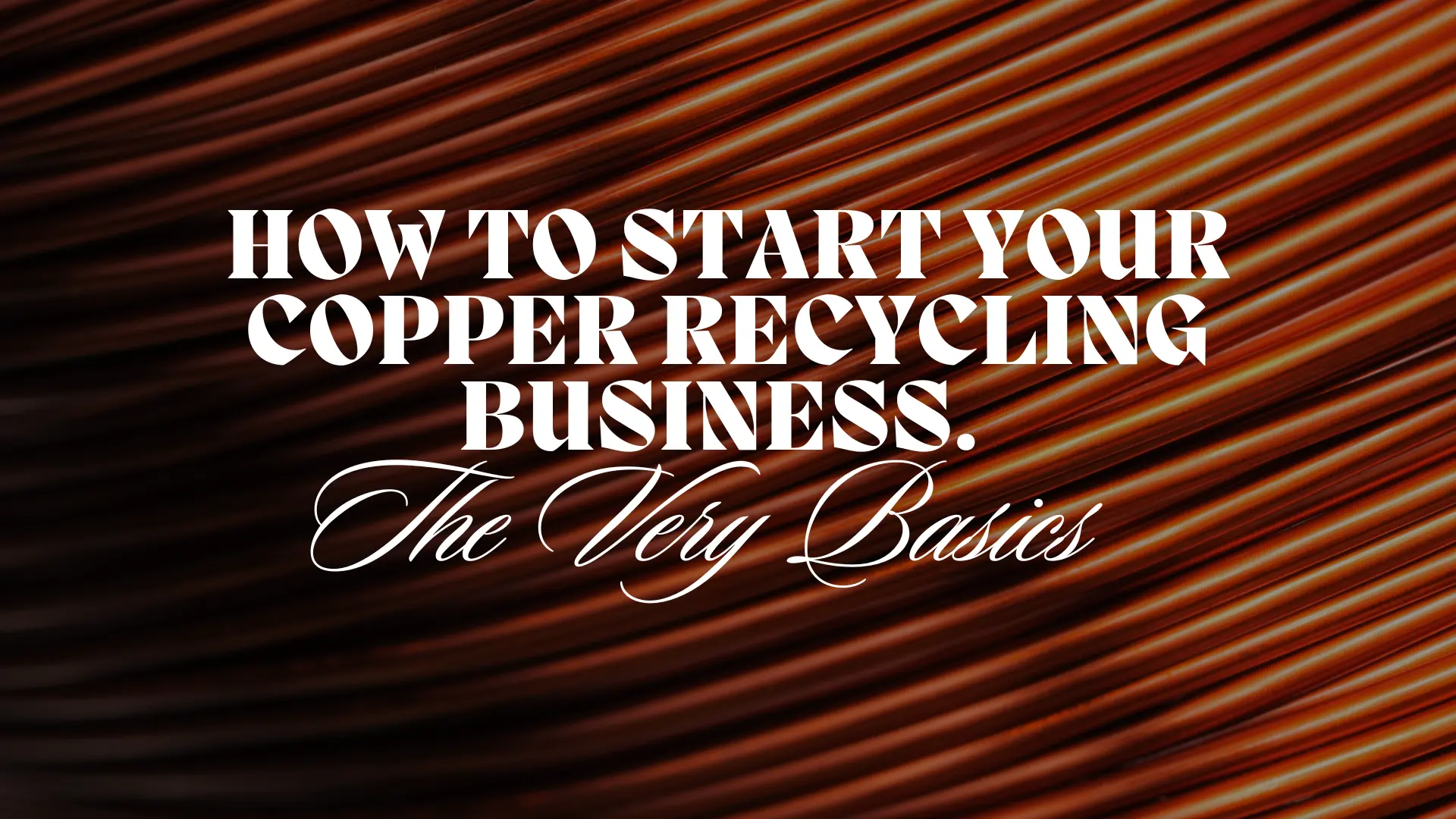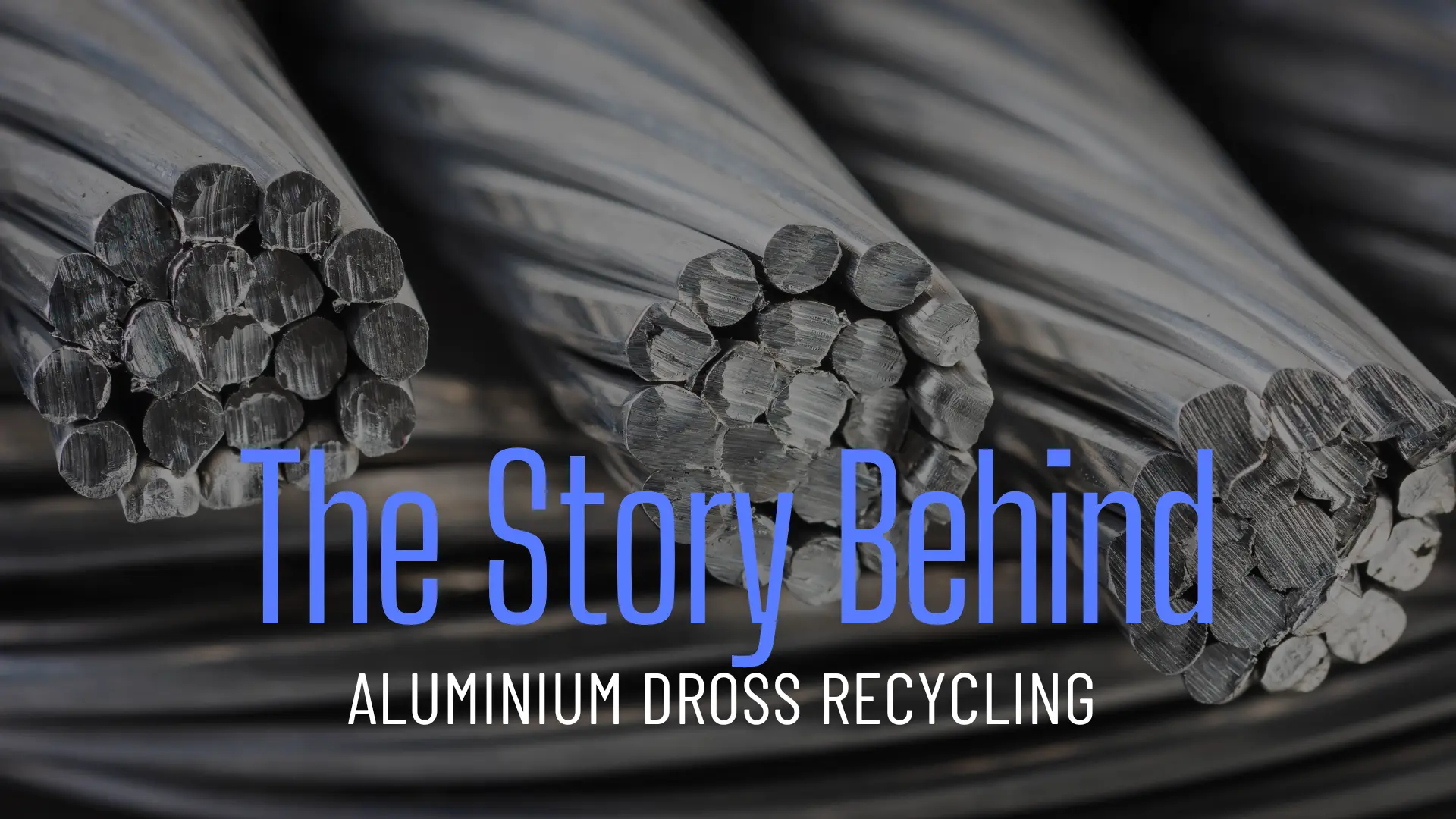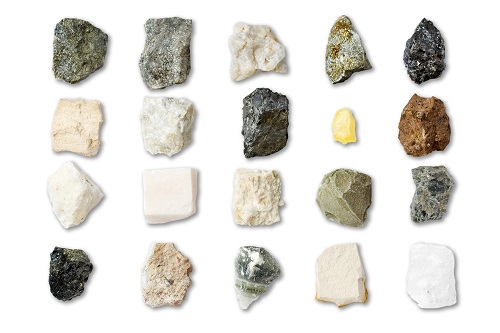Copper recycling business has seen consistent high growth over the last years. If you’re planning to get into the recycling industry, this could be a very good option to start with. As much as 80% of copper used comes from recycling and just 20% comes from mining. Not only that, copper recycling is energy efficient. Copper recycling uses 15%-20% of the energy required to copper from ore. Also copper does not lose its chemical or physical properties in the recycling process.
Excited about copper recycling ?
I thought so. I decided to write a series of blogs on how you can start a copper recycling business. Over this series I will be going into detail on various subjects on copper recycling. We will have to look at the installation and running cost, technical information and many other factors. I will cover each of these in detail as we move forward.
In this blog, which is the first of the series, I will give a basic overview. I will present to you a basic idea of the copper recycling business and broadly cover different aspects of it. As we move forward I will go into detail on each of these aspects. I this blog I will be covering following points –
1. Why is recycling copper better than extracting ?
2. Raw materials for copper recycling.
3. Copper recycling rate definitions.
4. Different types of copper grades used for recycling.
5. Recycling steps.
6. Processes Used in Copper Recycling Business.
7. Challenges and Future Of Copper Recycling Business
Explore Heavy Metal Treatment Solutions
Find top machinery, plants, tools, resources, companies, and consultancy for comprehensive copper recycling needs.
Why is recycling copper better than extracting ?

It is more cost efficient – As I have already mentioned recycling copper will be considerably easy on your pocket. Not only is it cheaper to recycle than manufacture, it consumes less energy too. Recycling consumes 15-20% less energy compared to obtaining copper from ore.
It helps in conserving copper reserves – We know that our reserves are not infinite. Since copper is used in large quantities it is important to use these reserves smartly. By recycling copper we utilise the existing copper and our reserves last longer.
Reduces waste spread – So ever wondered what happens when we don’t recycle? It gets dumped into a landfill. This can have serious negative effects on the environment. Also since land is not infinite, less landfills we have better it is.
Provides monetary benefits – Not only recycling copper is cheaper, it can generate revenue. Scrap yards and make more money by purchasing it and recycling business and use copper recycling to grow. This also creates new and better job opportunities.
Reduced air pollution – Copper related activities produce harmful emissions. These are activities related to mining, miling, smelting and refining of copper. More we recycle copper, the less it is a requirement of such activities.
For efficient recycing of copper, connect with our recycling experts here!
Struggling with copper recycling issues? Connect with top consultants specializing in copper recycling.
Connect NowRaw materials for copper recycling –

You can distinguish copper scrap in three types. I have discussed these below :
Direct Scrap :
DIrect copper scrap is also called home scrap. It is generated at smelter/refinery and has the highest purity level. Direct copper scrap is usually internally recycled at the plant.
New Scrap :
New scrap is generated during manufacturing of copper. There is a major difference between New scrap and Direct scrap. New scrap may be adulterated during the processing.
Old Scrap :
Old scrap is also termed as old, obsolete, or external arising scrap. Old scrap comes from copper products that have completed their useful life. Old scrap is comparatively difficult to recycle when compared with New and Direct scrap.
There are 6 major sources of Old Scrap :
1. End-of-life vehicles (ELV) – These include road transport vehicles that have reached their end of life. Some examples are cars, trucks and busses. Primary source of copper in ELV is wiring. Overall copper content in ELV is 1-2%.
2. Construction and Demolition waste (C & D) – This includes copper found in wirings of buildings, pipes and fittings etc. C & D waste contains about 0.3% copper.
3. Waste from Electronics and Electrical Equipment (WEEE) – WEEE is today one of the biggest sources of copper. WEEE can be divided into 3 sub-categories –
- White goods – Domestic appliances such as washing machines, refrigerators etc.
- Brown goods – Audiovisual appliances such as televisions and music players etc.
- Gray goods – Computers and telecommunication appliances.
Estimated copper content of WEEE ranges from 2-20%.
4. Industrial Electrical Equipment Waste (IEW) – This includes power cables, transformers and other electrical equipment. Copper content in this can range from 5-80%
5. Industrial Non-Electrical Equipment Waste (INEW) – This includes large transportation equipment such as planes, ships, trains. It also includes spent ammunition and other machinery.
6. Municipal Solid Waste (MSW) – MSW is hardest waste to process. Copper content in this is estimated around .05 -.20%
Find and connect with leading companies specializing in copper recycling solutions.
Get Connected Today
Copper recycling rate definitions

I am sure you would agree with me that in any activity efficiency is important. Well copper recycling is no different. To measure the efficiency of recycled product different parameters are used. These are called Recycling Rate Definitions. I have given a brief overview of important ones below –
Recycling Input Rate (RIR) –
RIR calculates how much useful metal is obtained from scrap. You may want to note that RIR does not indicate recycling efficiency. To estimate the recycling efficiency we have to consider other factors like cost of processing. This parameter is often used by metal traders and resource policy makers.
Overall Recycling Efficiency Rate (Overall RER) –
Overall RER estimates the overall efficiency of the recycling process. It measures the efficiency with which scrap and other metal bearing residues are collected and recycled by a network of collectors, processors and metal recyclers. This is mostly used by scrap processors and scrap generators.
End Of Life Recycling Efficiency Rate (EOL RER) –
EOL ROR is used to measure recycling efficiency of EOL scrap. EOL scrap is material that has been used and discarded at the end of its useful life. This is mainly used by recycling industries, product designers and environmental policy makers.
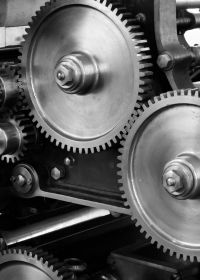
Explore the best copper recycling machinery and plants for your industrial needs.
Connect TodayDifferent types of copper grades used for recycling




For convenience and better understanding I have prepared a table below. Here you can find different types of scrap and secondary copper-containing material. For each type I have also listed copper content.
| Material | Copper Content | Source |
| Pure no. 1 copper scrap | 99% | Semi finished products, wires, strip, cuttings |
| No. 2 copper scrap | 94-98% | Miscellaneous unalloyed wire |
| Light copper scrap | 88-92% | Sheet, gutters, boilers, wires |
| Red brass scrap | 75-85% | Valves, machinery parts |
| Shredder material | 60-65% | Cars |
| Electronic scrap | 5-30% | Electronics |
| Copper slag | 1-8% | Copper smelter slag |
| Copper dust | 1-50% | Copper smelter dust |
More the amount of copper content available, easier it will be to obtain copper from it. To obtained copper from Light copper scrap refining is required. Red brass scrap contains copper-tin-zinc-lead alloys and can be remelted with little or no refining.
Shredder material , copper slag and copper dust is smelted, reduced and refined. Copper recovery from Electronic scrap is complex and has low copper content.
Copper recovery is also done from residues of other processes. These are called copper slag, dust and sludges. Mostly these are internally recycled within the plant.
Struggling with buying and selling copper waste? Connect with copper waste buyers and sellers here
Buyer Listings Seller ListingsRecycling Steps

Below i have listed the main stages of copper recycling process –
Collection
Before we recycle we need material to recycle. This is where the collection phase comes in. In this step we collect the copper containing material that we would like to recycle.
Sorting
Now that we have different copper containing materials we separate them. Not all materials that are collected will be fit for recycling. Based on the copper content we separate materials that are fit to be recycled. Another parameter of separation is the recycling process we will use. If a material cannot be recycled with the process we are going to use, we filter it out.
Crushing
After sorting, the material is crushed and made compact. This way it will take less space and will be easier to recycle.
Shredding
In shredding we break down the material into smaller bits. This makes it easier to recycle and provides a large surface to volume ratio making it easier to melt.
Melting and Purification
In this process copper is melted in a furnace. In this process a lot of energy is consumed. However this energy is still less than the energy required to obtain copper from raw ore. This process can take hours depending on the temperature of the furnace and the quantity of copper being melted.
Purification process
In this process melted copper is purified. Different methods can be used to purify. One common purifying method is electrolysis.
Melting and Solidifying Copper
Molten copper is coolified in the cooling chamber in this process. Depending upon copper grade other chemicals may be added to obtain proper density and properties.
Processes Used

Wire and Cable Scrap Processing
Wire and cable form a major part of recyclable copper scrap. For better understanding I have provided a flowchart below. First wires are broken down into smaller pieces of less than 6mm. This is done in a granulator. Next copper is separated from insulation in a gravity separator. Once separated from insulation copper can be melted in a furnace and solidified into solid blocks. After this it is ready for reuse.
Automotive Copper Recovery
This process is primarily used for recovering metals from scrap automobiles. There are three potential sources of copper in an automobile.
- Radiator
- Non-Ferrous metal scrap remaining after the car has been shredded.
- Auto Shredder Residue which remains after metals have been removed.
Electronic Scrap treatment
This is used for recycling copper found in electronic scrap. Electronic scrap broadly speaking contains 3 types of materials –
- Plastic.
- Refractory Oxides.
- Metals – about 50% of metal is copper.
Here the approach is similar to that used for automobiles –
- Disassembly to recover large items.
- Reducing the size of material of disassembly using shredding.
- Using difference in density and electrical conductivity to separate metals.
Challenges and Future Of Copper Recycling

One of the major problems India faces is the lack of a proper collection system for copper scrap in India. Current collection system is highly unorganised and inefficient. Another problem is lack of technical knowledge. Many scrap dealers are unaware of the material that contains copper alloys. This results in recyclable copper many times being sent to landfills. Connect with our landfill consultants here!
According to Scrap Recycling Industries Inc. Despite these problems copper recycling has seen huge growth over time. Global trade of copper scrap imports in India increased from 103,334 in 2008 to 174,882 in 2017. Also In 2018 Global scrap trade flow for copper was worth $19,062,369,776 and in volume 4,928,672. In future as copper scrap and demand increases, copper recycling business is bound to increase by leaps and bounds.
I’ll be posting more blogs on this series. Moving forward we will look into each aspect of Copper Recycling Business. Knowledge is power, and in this series we will cover deep knowledge on this subject. If I missed out any specific parts or you have any questions, make sure to leave them in the comments below. Also it would be great If you subscribe with us. That way we’ll keep you updated on the latest articles in this series.
